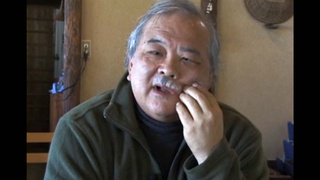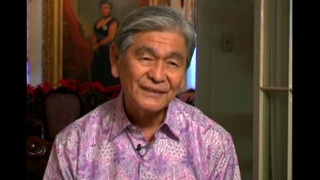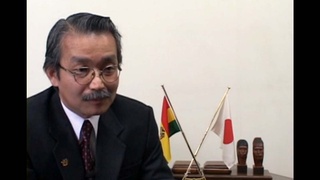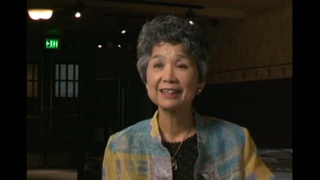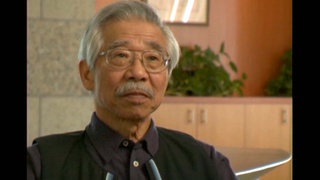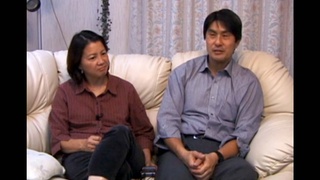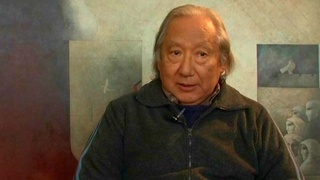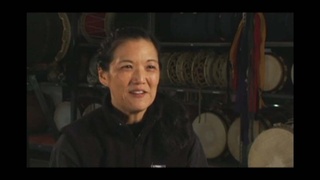Interviews
Gidra's Content
The people at Gidra, we took ourselves seriously, and we took what we were doing seriously, but not that much sometimes. So I think that’s reflected in the paper too. Things like how to make a hat, you know, recipes for how to make, umm, I think it was oxtail stew was a really popular one, you know some of those things which were also political in a way in that it was kind of taking control of your environment and trying something different and you know, you don’t have to go to the department store to buy clothes, you can make your own - you know that kind of idea so people used to kind of call it hippie stuff.
There was a little kind of influence like that I think, I think that because of that was connected to the other more political issues, the war, you know, civil rights, Black Power, that it made more sense, it wasn’t a thing within itself, you know, those things weren’t separate from those other issues too, it was all questioning and challenging and trying to create something new and something better than the way it was.
Date: September 28, 2011
Location: California, US
Interviewer: Kris Kuromitsu, John Esaki
Contributed by: Watase Media Arts Center, Japanese American National Museum

